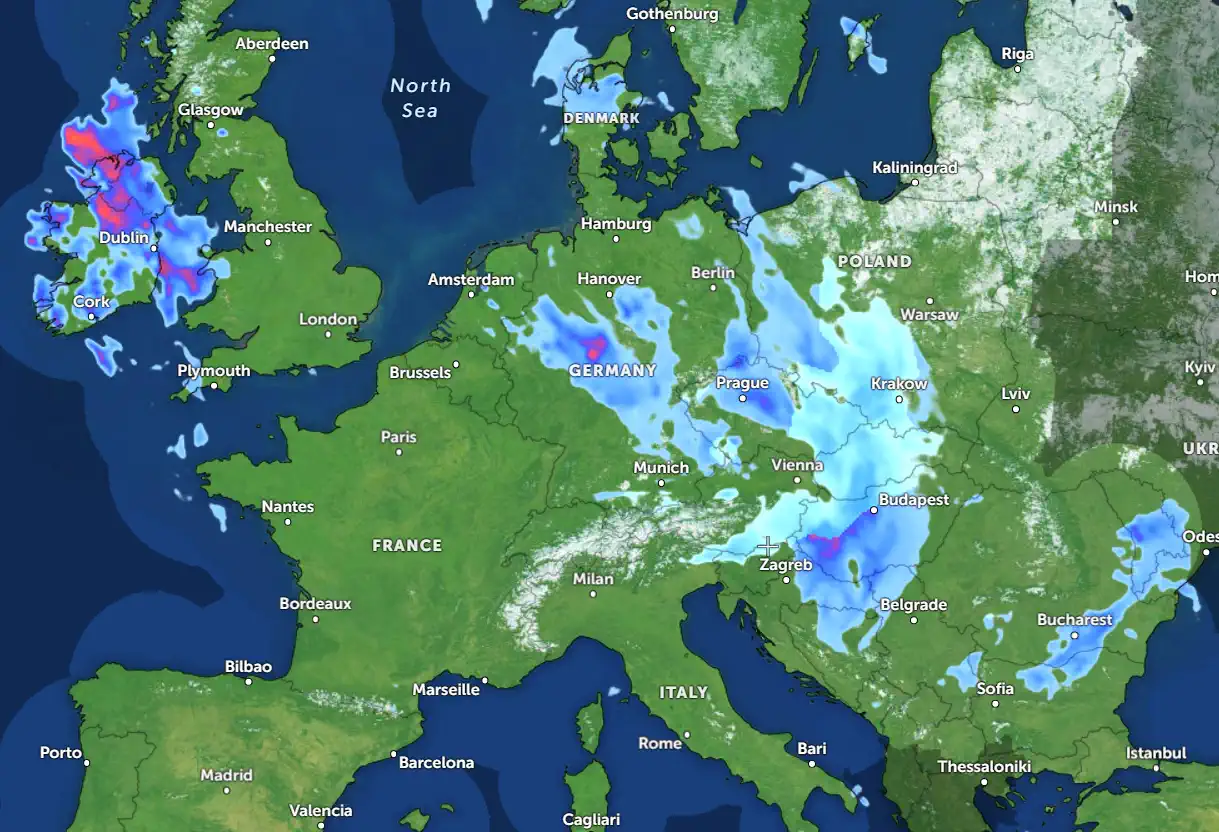
Extreme Rainfall Inundates Shandong, China: A Meteorological Phenomenon
On Monday, August 26th, 2024, an extraordinary rainstorm struck northern China, bringing record-breaking precipitation to several provinces. The epicenter of this meteorological event was the Shandong province, where a staggering 151 millimeters (5.94 inches) of rain fell in just one hour, setting a new short-term rainfall record for the region.
August 26-27, 2024 #Flood #China
🌊Heavy rains hit northern Hebei province and eastern #Shandong. Downpours have fallen on Dongyin city. Rainfall reached 124.5 mm with a maximum of 236.1 mm
⚠️Average wind speeds in most areas reached 7-8 on the Beaufort scale, with gusts > 9 pic.twitter.com/BcDcEhHbOT— Irene (@irene_makarenko) August 28, 2024
The deluge began at around 9:00 PM local time, with the city of Dongying in Shandong Province bearing the brunt of the downpour. In just one hour, Dongying recorded 145.8 millimeters (5.74 inches) of rain, breaking the previous hourly rainfall record for the province. The images emerging from the affected areas were nothing short of dramatic, as streets were completely submerged in muddy, rushing waters.
This extreme rainfall event was the result of a complex interplay of meteorological factors. The region had been experiencing a prolonged period of warm and humid conditions, which provided the necessary moisture for the development of a highly intense, localized thunderstorm system. The combination of ample moisture, strong atmospheric instability, and favorable wind patterns led to the rapid development and intensification of this rainstorm.
Meteorologists attribute the severity of the event to the influence of climate change, which has been linked to an increase in the frequency and intensity of extreme weather phenomena worldwide. As global temperatures rise, the atmosphere's capacity to hold and transport water vapor increases, leading to the potential for more extreme precipitation events, such as the one that struck Shandong.
At 9 p.m. on August 26, Dongying, Shandong was hit by extreme rainstorms. The weather station recorded 145.8 mm of rainfall in 60 minutes, and the city streets were completely flooded. pic.twitter.com/QGeRYTsoGw
— Jim (@yangyubin1998) August 26, 2024
The impact of this rainstorm was significant, with reports of widespread flooding, infrastructure damage, and disruptions to transportation and utilities in the affected areas. Emergency responders were quickly mobilized to assist with rescue and relief efforts, and residents were advised to take necessary precautions to ensure their safety.
As the region begins the process of recovery and rebuilding, it is essential to reflect on the lessons learned from this extreme weather event. Policymakers and urban planners must consider the implications of climate change and work towards developing more resilient infrastructure and disaster management strategies. Additionally, the scientific community will continue to study the meteorological factors that contributed to this exceptional rainstorm, with the goal of improving our understanding of such phenomena and enhancing our ability to predict and prepare for them in the future.
In the face of the growing challenges posed by climate change, it is clear that events like the Shandong rainstorm will likely become more common. By acknowledging the underlying causes and taking proactive measures to mitigate and adapt to these changes, we can work towards a more sustainable and resilient future for the people of China and the world.
Founder and chief forecaster of the Pogodnik service. He has many years of experience in the meteorological service. He is the author of numerous scientific publications and popular articles about the weather.




